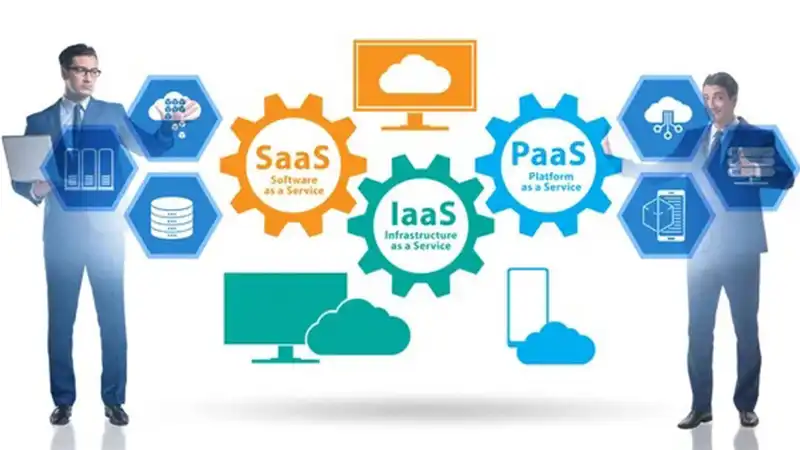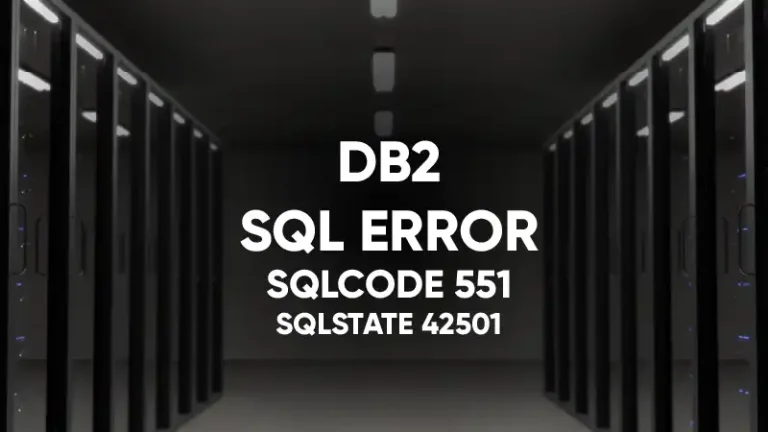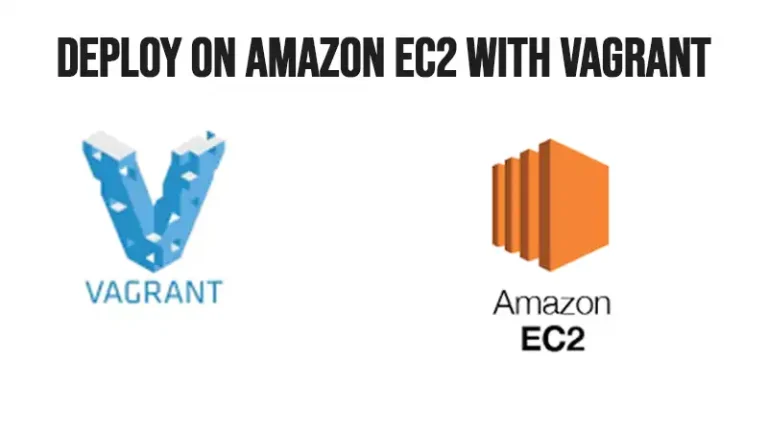What Is Caas In Cloud Computing || Understanding CAAS?
“Cloud as a Service” (CaaS) in cloud computing is a transformative model offering diverse services tailored to specific business needs. This innovative approach allows organizations to access and utilize cloud-based resources and functionalities on demand, enabling flexibility, scalability, and cost-efficiency.
There’s another one named “Container as a Service” having the same abbreviation but being a subset of the cloud one. It is a cloud computing service model that provides a platform for deploying, managing, and scaling containerized applications. Wanna know more, scroll on.
What Is CaaS?
Cloud as a Service (CaaS) is a subset of cloud computing that delivers various services and resources through the internet, allowing users to access computing infrastructure, platforms, or software without owning or managing physical hardware.
Service Models of CaaS in Cloud Computing
CaaS operates on a pay-as-you-go or subscription-based model, enabling businesses to scale resources up or down based on their needs.
It encompasses several service models:
1. Infrastructure as a Service (IaaS)
With IaaS, businesses access virtualized computing resources such as virtual machines, storage, and networking. This eliminates the need for physical hardware management, allowing for rapid scalability and flexibility in resource allocation. Users can deploy and manage infrastructure components on-demand, scaling resources up or down based on workload fluctuations.
2. Platform as a Service (PaaS)
PaaS provides a comprehensive platform and development environment for building, testing, and deploying applications. It abstracts away the underlying infrastructure complexities, enabling developers to focus solely on coding and application development. This streamlines the development process, accelerating time-to-market for new applications and services.
3. Software as a Service (SaaS)
SaaS delivers fully functional software applications over the internet. Users can access these applications via web browsers without the need for installation or local software management. Examples include email services, office productivity tools, customer relationship management (CRM), and more.
Key Benefits of CaaS in Revolutionizing Business Operations
CaaS allows businesses to focus on innovation and growth rather than infrastructure management. It provides benefits such as:
- Scalability and Elasticity
Organizations can swiftly scale resources up or down in response to demand changes, ensuring optimal performance and cost efficiency without over-provisioning or underutilization.
- Cost Optimization
By shifting from capital-intensive on-premises infrastructure to a pay-as-you-go model, businesses reduce upfront capital expenses and operational costs associated with hardware maintenance, upgrades, and power consumption.
- Agility and Innovation
CaaS fosters innovation by accelerating the development and deployment of new services and applications. It enables businesses to experiment, iterate, and launch products more rapidly, enhancing competitiveness in dynamic markets.
- Global Accessibility and Collaboration
Cloud services are accessible from anywhere with an internet connection, facilitating remote work and fostering collaboration among distributed teams.
Overall, CaaS empowers organizations to streamline operations, foster innovation, and adapt swiftly to market changes by leveraging cloud-based resources tailored to their specific needs.
Differences between “Cloud as a Service” and “Container as a Service”
| Aspect | Cloud as a Service (CaaS) | Container as a Service (CaaS) |
| Focus | Encompasses various cloud service models (IaaS, PaaS, SaaS, etc.). | Specialized in providing a platform for containerized applications. |
| Abstraction | Abstracts infrastructure, providing various services over the internet. | Abstracts container orchestration and management, simplifying deployment. |
| Service Models | Includes Infrastructure as a Service (IaaS), Platform as a Service (PaaS), Software as a Service (SaaS), etc. | Primarily focuses on container orchestration and related services. |
| Example Services | AWS, Azure, Google Cloud Platform. | Kubernetes as a Service, Docker Swarm, OpenShift. |
| Use Case | Addresses diverse computing needs, from virtual machines to application platforms. | Specialized for deploying, managing, and scaling containerized applications. |
| Abstraction Level | Provides a higher level of abstraction, including various computing resources. | Offers a higher level of abstraction specifically for containerized applications. |
| Deployment | Deploy various types of applications and services. | Specifically optimized for containerized application deployment. |
| Scaling | Supports scaling of virtual machines, applications, or services. | Provides automated scaling for containerized applications. |
| Networking | Offers a range of networking solutions for diverse applications. | Includes container networking features for communication and traffic management. |
| Security | Security considerations across different service models and applications. | Specific security measures for container isolation and communication. |
Frequently Asked Question
1. What Distinguishes Caas From Other Cloud Service Models?
Ans: CaaS, within cloud computing, offers a spectrum of services tailored to specific business requisites. Unlike other cloud models, it allows access to infrastructure, platforms, and software without necessitating physical hardware management.
2. How does CaaS impact cost management for Businesses?
Ans: Embracing CaaS enables businesses to reduce upfront capital expenses and operational costs. By adopting a pay-as-you-go model, organizations optimize expenses associated with hardware maintenance, upgrades, and power consumption.
3. Can Caas Support Innovation And Rapid Business Growth?
Ans: Absolutely. CaaS accelerates the development and deployment of new services and applications, fostering innovation. Its scalability, agility, and accessibility facilitate quicker product launches, enhancing competitiveness in dynamic markets.
Conclusion
CaaS, or Cloud as a Service, revolutionizes cloud computing by offering tailored solutions for businesses, promoting flexibility, scalability, and cost-efficiency. With its agility and accessibility, CaaS fuels innovation and growth, allowing organizations to thrive in today’s dynamic digital landscape.






